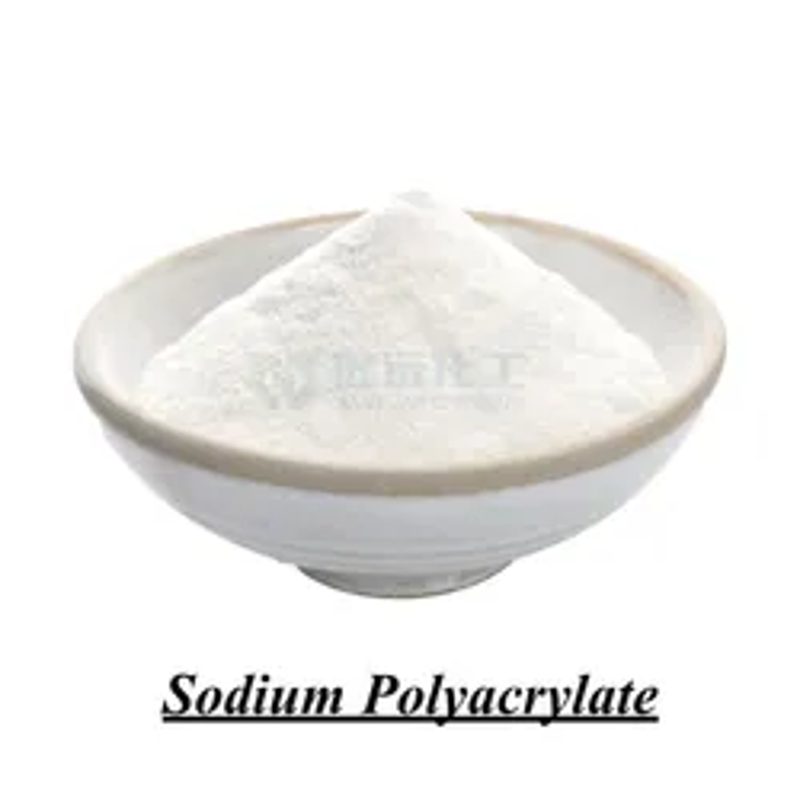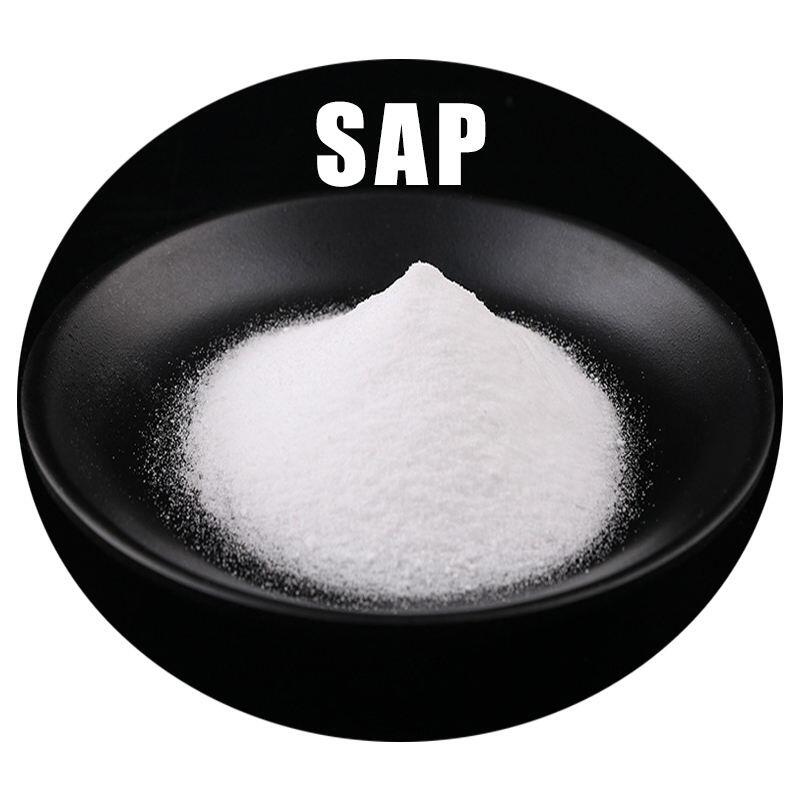-
Categories
-
Pharmaceutical Intermediates
-
Active Pharmaceutical Ingredients
-
Food Additives
- Industrial Coatings
- Agrochemicals
- Dyes and Pigments
- Surfactant
- Flavors and Fragrances
- Chemical Reagents
- Catalyst and Auxiliary
- Natural Products
- Inorganic Chemistry
-
Organic Chemistry
-
Biochemical Engineering
- Analytical Chemistry
-
Cosmetic Ingredient
- Water Treatment Chemical
-
Pharmaceutical Intermediates
Promotion
ECHEMI Mall
Wholesale
Weekly Price
Exhibition
News
-
Trade Service
The safety ofCaseins in the Chemical Industry: An Overview
The chemical industry plays a vital role in modern society, providing the materials and products that are essential for countless everyday applications.
One of the most important and widely-used chemicals in this industry is casein, a naturally-occurring protein that is found in milk and other dairy products.
But how safe is casein, and what measures are taken to ensure the safety of workers and the environment in the chemical industry?
The safety of casein has been extensively studied and analyzed over the years, and the research has consistently shown that this chemical is generally considered to be safe when used in the proper context.
However, as with any chemical, there are potential risks associated with its use, and it is important for those working with casein to be aware of these risks and take the necessary precautions to minimize them.
One of the most important considerations when it comes to the safety of casein is its potential to cause allergic reactions.
While most people are able to tolerate casein, those with a milk allergy or sensitivity may experience severe reactions if they come into contact with this chemical.
To minimize the risk of allergic reactions, it is important for those working with casein to be aware of their allergy status and take appropriate precautions.
Another potential risk associated with the use of casein is its potential to cause respiratory problems.
When casein is inhaled, it can irritate the respiratory system and lead to coughing, wheezing, and other respiratory symptoms.
To minimize this risk, it is important for workers to wear appropriate protective equipment, such as respirators, when handling casein.
The potential risks associated with the use of casein can be minimized through proper handling and use.
This includes following proper safety protocols and guidelines, wearing appropriate personal protective equipment, and taking appropriate precautions to prevent accidental exposure.
In addition, those working with casein should be properly trained and informed about the potential risks and hazards associated with its use.
In addition to the potential risks associated with its use, casein is also subject to strict regulations and guidelines in many countries to ensure its safe handling and use.
These regulations cover a wide range of aspects, from its production and handling to its use in specific applications.
By adhering to these regulations and guidelines, those working with casein can be confident that they are doing so in a safe and responsible manner.
In conclusion, casein is a widely-used and important chemical in the chemical industry, and it is generally considered to be safe when used in the proper context.
However, as with any chemical, there are potential risks associated with its use, and it is important for those working with casein to be aware of these risks and take the necessary precautions to minimize them.
By following proper safety protocols and guidelines, wearing appropriate personal protective equipment, and being properly trained and informed, those working with casein can be confident that they are doing so in a safe and responsible manner.







